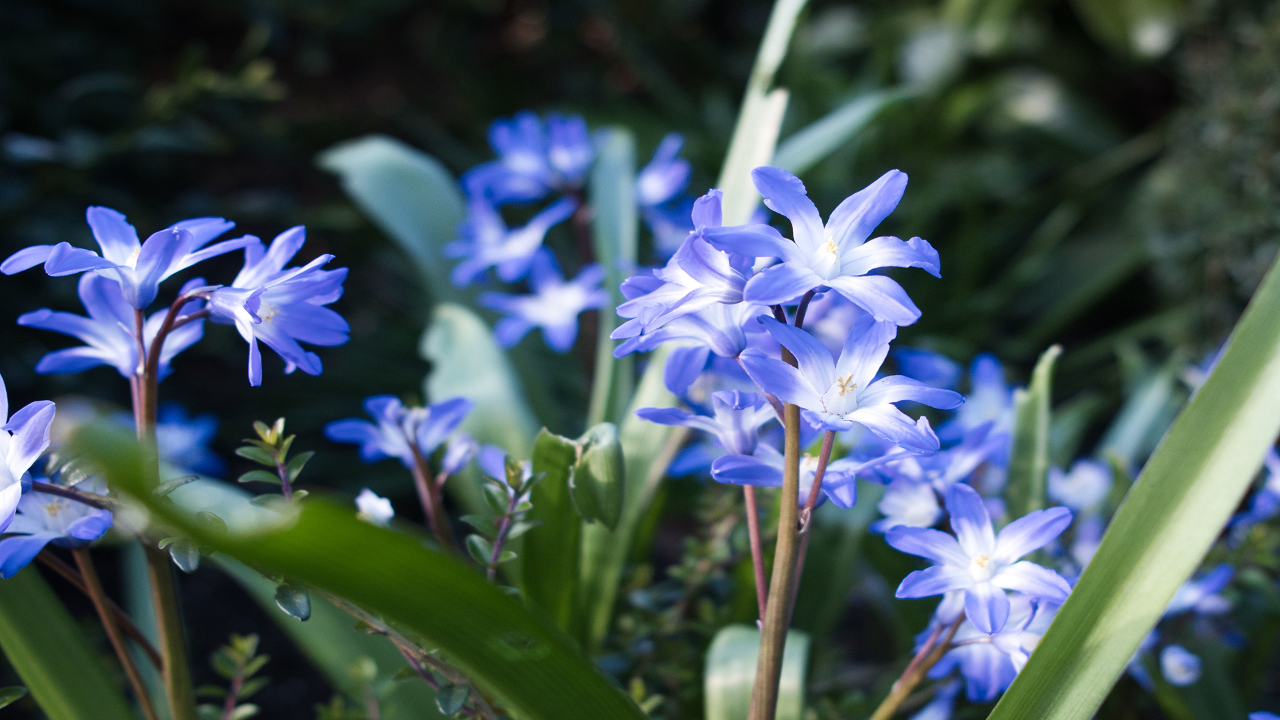
Indigo is a part of the Indigofera genus in the Fabaceae family and includes 750+ species of shrubs, trees, and herbs. Historical species like true indigo and Natal indigo were vital sources of indigo dye in India until the 20th century when synthetic indigo took over. These plants thrive in tropical and subtropical regions, showcasing diverse appearances, silky or hairy characteristics, compound leaves, colourful flowers, and pod-shaped fruits with seeds separated by a thin partition.
Indigo Cultivation In India
Indigo cultivation in India has a long and complex history dating back several centuries. Indigofera tinctoria, commonly known as true indigo, is the plant from which indigo dye is extracted. This dye has been used for centuries to colour textiles and has significant cultural and economic importance but now indigo crops are no longer cultivated because it exhausts soil fertility, and the land cannot be used for another crop cultivation.
History And Significance Of Indigo Cultivation In India:
-
Ancient Roots: Indigo cultivation in India dates back to ancient times, with evidence of its use in the Indus Valley Civilization (around 2500-1500 BCE). It was also known in ancient texts like the Vedas.
-
Medieval Period: Indigo cultivation and the trade of indigo dye became more prominent during the medieval period in India. It was used for dyeing cotton and silk textiles, which were highly sought after in international trade.
-
British Colonial Era: The British East India Company played a significant role in promoting indigo cultivation in India during the 18th and 19th centuries. They established indigo plantations, primarily in Bengal (present-day West Bengal and Bangladesh), and forced local farmers to cultivate indigo under a system known as the "indigo sharecropping system" or the "ryotwari system." This system was exploitative and led to widespread discontent among Indian farmers.
-
Indigo Revolt: The harsh practices of the British indigo planters led to the Indigo Revolt of 1859-1860, also known as the "Indigo Mutiny." Indian farmers protested against the oppressive indigo cultivation practices and demanded better treatment and fair compensation. The revolt was one of the many factors contributing to the Indian freedom struggle.
-
Decline and Independence: After India gained independence from British rule in 1947, the indigo cultivation industry declined significantly. Synthetic indigo dyes became more popular and cost-effective, leading to a decline in the cultivation of natural indigo plants.
-
Revival: In recent years, there has been a revival of interest in natural indigo dyes due to their eco-friendly and sustainable properties. Some small-scale farmers and artisans in India have started growing indigo plants again and producing natural indigo dye for textiles, catering to niche markets that value traditional, sustainable practices.
Disadvantages of Indigo Cultivation: A Dying Tradition
Indigo cultivation, once a thriving industry and an integral part of many cultures worldwide, has faced a decline in recent decades. While indigo dye is renowned for its deep blue hue and historical significance, the disadvantages of indigo cultivation have contributed to its diminishing popularity. In this blog, we will explore some of the key drawbacks associated with indigo cultivation.
-
Labor-Intensive Process
One of the most significant disadvantages of indigo cultivation is the labour-intensive nature of the process. Indigo plants require careful care and attention throughout their growth cycle, from planting to harvesting. Unlike many other crops, which can be mechanized to some extent, indigo cultivation still heavily relies on manual labour. This reliance on human hands makes indigo cultivation both time-consuming and costly.
-
Low Yield
Another drawback of indigo cultivation is its relatively low yield compared to other cash crops. Indigo plants yield a comparatively small amount of dye, especially when considering the effort and resources invested in their cultivation. This low yield makes it less economically viable for farmers, leading many to opt for more profitable crops.
-
Vulnerability to Pest Infestations
Indigo plants are susceptible to various pest infestations, which can significantly reduce yields and quality. Common pests like aphids, mites, and whiteflies can quickly damage indigo crops, necessitating the use of pesticides. However, the use of pesticides can have negative environmental and health implications, adding to the disadvantages of indigo cultivation.
-
Competition from Synthetic Dyes
Perhaps the most significant factor contributing to the decline of indigo cultivation is the fierce competition from synthetic dyes. Synthetic indigo dye, developed in the late 19th century, is more cost-effective and efficient to produce than natural indigo. This innovation led to the widespread adoption of synthetic dyes in the textile industry, causing a sharp decline in the demand for natural indigo.
-
Environmental Concerns
The cultivation of indigo plants, like many other crops, has its environmental downsides. Large-scale indigo cultivation can lead to deforestation, habitat destruction, and soil degradation. Additionally, the indigo extraction process requires large volumes of water and can result in wastewater pollution, negatively impacting local ecosystems.
-
Seasonal Limitations
Indigo cultivation is subject to seasonal limitations, as it typically thrives in warm, tropical climates with well-defined rainy and dry seasons. This restricts its cultivation to specific regions and can limit farmers' income opportunities.
While indigo cultivation has a rich history and cultural significance, it is not without its disadvantages. Labour-intensive practices, low yields, susceptibility to pests, competition from synthetic dyes, environmental concerns, seasonal limitations, and the decline of traditional knowledge have all contributed to the decline of indigo cultivation. Despite these challenges, efforts are being made to revive this dying tradition through sustainable farming practices and increased awareness of its cultural importance. Nonetheless, the disadvantages of indigo cultivation continue to pose significant obstacles to its resurgence in today's world dominated by synthetic dyes.
















